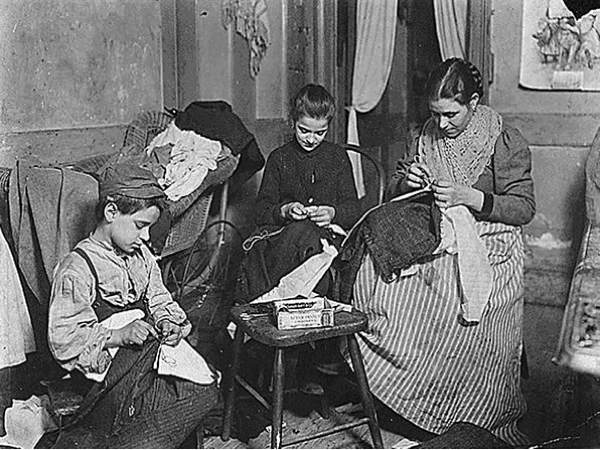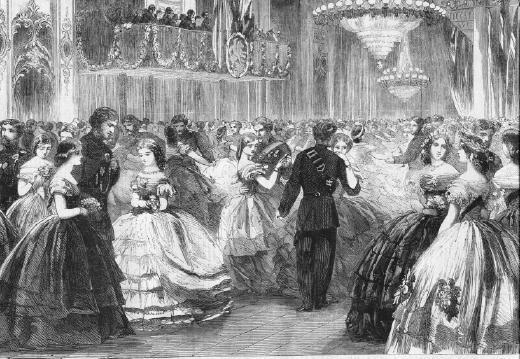 |
| http://images.dailyexpress.co.uk/img/dynamic/106/590x/secondary/69816.jpg |
Art and fashion were mainly for upper class people after Queen Victoria was crowned. During the period of 1830s to the 1860s, a pale hairless clean woman is the feminine ideal which representing purity, virtue, youth and innocence. Many hygiene requirements were only for the wealthy Victorians. The Victorians believed cleanliness was next to Godliness and wealthy Victorian ladies would tried to achieve that and also taught their daughters to do that.
During the early Victorian era, most people lived in the countryside and did agricultural work. But by the late 1860s, agricultural work was not paying well and women worked in industry as well. The Industrial Revolution changed the way people lived and worked as many of them moved and lived in towns and cities. Victorian women's rights were very limited and after a woman got married, all her property and even herself is part of her husband's property. Women's rights groups tried to fought for equality, but there were many Victorian women still under their husband's control and even treated cruelly by their husbands, such as verbal abuse, sexual violence, etc.
During the reign of Queen Victoria, there were laws which protect the woman, such as on below:
In 1839, a law which stated that if a marriage broke down and the parents separated, children under seven years of age should stay with their mother.
In 1857, women could divorce with their husbands who treated them cruelly or husbands who had left them.
In 1870, women were allowed to keep money they had earned.
In 1891, women could not be forced to live with husbands unless they wished to.
During 1870, Queen Victoria had written "let women be what God intended, a helpmate for man, but with totally different duties and vocations."
Class division
Lower class
 |
| http://listverse.com/wp-content/uploads/2012/12/poorclotheslg.jpg |
Middle class
Middle class women were considered guides to lower class women and they taught lower class women how to keep their homes tidy and clean and they also sponsor money to them as well. Middle class women usually want to get marry with rich people as they want to gain more respect from the upper class people.
Upper class
 |
| http://www.vintagevictorian.com/images/ILN_mar30_1861.jpg |
During Victorian era, upper class women didn't needed to work but they would visit friends and family, dancing, sewing, reading, writing letters and attend evening parties etc. Upper class ladies changed their costume up to six times a day and it was for different occasions. The more wealthy the family was, the more rich in fabric on their clothing. Also the more decorative on their clothing also shows wealth and status. Jewels, lacing and beading were commonly found on Upper class ladies' clothings.
No comments:
Post a Comment